From makeshift classrooms nestled in the mountains, isolated by the terrain, to sturdy, spacious buildings in the central school, the story of eliminating isolated schools in Tuyen Quang is not just an administrative decision but a strategic step towards realizing the goal of improving the quality of education comprehensively and sustainably for children of ethnic minorities.
For decades, Tuyen Quang , with its rugged mountainous terrain and difficult transportation conditions, has maintained thousands of scattered schools. The existence of these schools is a temporary solution, meeting the requirements of universal education and ensuring schooling for students in remote villages and border areas. However, this comes with significant challenges: makeshift facilities, a lack of specialized equipment, teachers having to teach multiple classes, and, most importantly, the quality of teaching and learning has not yet reached optimal standards.
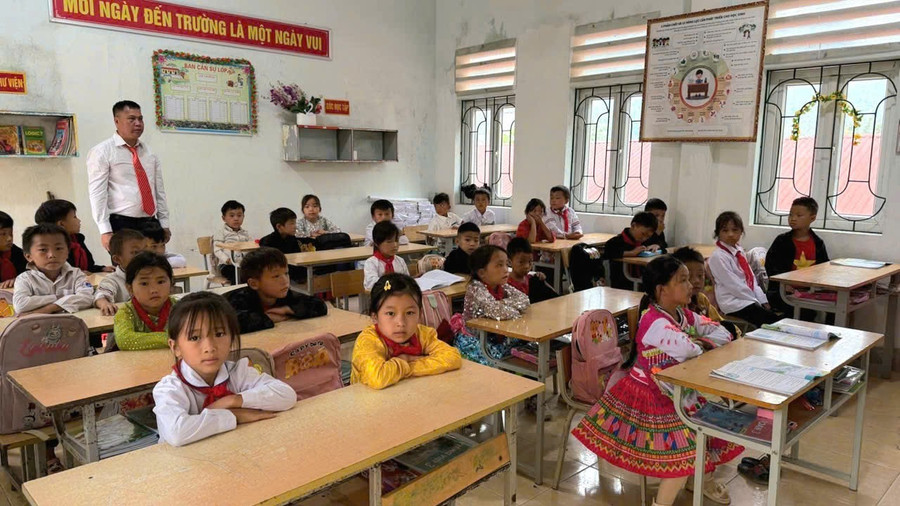
However, that picture is gradually changing dramatically. The New Rural Development Program has brought about a revolution in infrastructure. Inter-commune and inter-village transportation systems have been upgraded and expanded, gradually eliminating geographical isolation. This is a crucial prerequisite for Tuyen Quang to implement a bold but necessary policy: concentrating students in main schools.
Pho Cao Primary School in Pho Bang commune previously had one main school and seven satellite campuses. Currently, thanks to targeted investment, the school now only has one main school, a newly built, spacious second campus, and only three satellite campuses that retain only grades 1 and 2. The remaining grades have been consolidated into the main school.
Mr. Nguyen Huu Trong, the school's Vice Principal, couldn't hide his pride: "Following the policy of consolidating scattered school branches, the school has continuously received investment in facilities and equipment to serve teaching and learning more modernly. The most noticeable transformation is in quality. Many families, even those living near the scattered branches, now proactively send their children to the main school, simply because they see their children progressing better and having better opportunities for development."
At Xuan Lap Ethnic Boarding Primary and Secondary School in Lam Binh commune, the atmosphere during Vietnamese language lessons in class 3A has become much more lively and confident. The students, from the Mong and Dao ethnic groups, who recently transferred from a smaller branch school, have quickly integrated. Giang Thi Xuan Chieu, a student in class 3A, shared: “I am very happy to be back at the main school. Here, daily life and meals are more comfortable, studies are more structured, and I get to interact with many friends, so I learn many useful things.”
The excitement isn't limited to the students. Mr. Giang Seo Hau, from Khuoi Cung village, Lam Binh commune, a parent whose child will transfer to the main school from the 2024-2025 school year, said: "My child will be able to live in a newly built building, sleep in bunk beds, and have teachers supervising their studies and daily life, so they are making rapid progress. We are completely reassured."
According to the leaders of the Department of Education and Training of Tuyen Quang province, closing out small, isolated schools and bringing students back to the main school brings a double benefit. Students being able to stay in boarding facilities, with better care and management, has overcome the persistent problem of dropping out and irregular attendance. Student attendance rates have been maintained above 90%.
Students receive comprehensive instruction in specialized subjects, have opportunities for interaction and learning, and, most importantly, make remarkable progress in their Vietnamese language skills. Previously, almost 100% of students at remote schools were from ethnic minority groups with very limited Vietnamese language proficiency. At the main school, they are equipped with and master other skills through extracurricular activities.
The success of this policy has significantly improved the quality of education in mountainous and disadvantaged areas, even helping some schools to break through and achieve high rankings in terms of quality. This shows that, with a good environment, students in disadvantaged areas can absolutely excel.
Despite significant achievements (no more small, isolated school branches at the lower and upper secondary levels), Tuyen Quang still has 1,803 isolated school branches at the primary and preschool levels (as of the 2025-2026 school year). To continue achieving its goals, the province is focusing its resources on investing in infrastructure development in a targeted and prioritized manner.
Currently, the province has 12,185 out of 17,231 solid classrooms, reaching 70.7%. At the same time, the province is also developing a plan to build boarding schools for primary and secondary levels in 17 border communes, a fundamental solution to improve the quality of education in ethnic minority areas.
The success of eliminating small, isolated schools is not only due to administrative reorganization but also to the concerted and decisive efforts of the entire political system, the education sector, and especially the consensus and support from parents and the community.
Once the merger process is complete, the focus will shift to managing and maximizing the potential of centralized schools, ensuring that all students, regardless of location, receive an equitable, high-quality education, best preparing them for the future.
Source: https://giaoducthoidai.vn/xoa-diem-truong-le-kien-tao-chat-luong-giao-duc-vung-cao-tuyen-quang-post754523.html








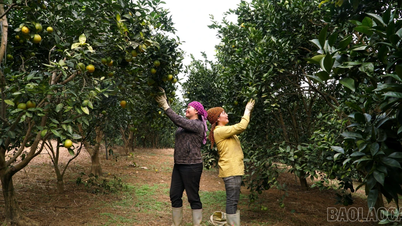

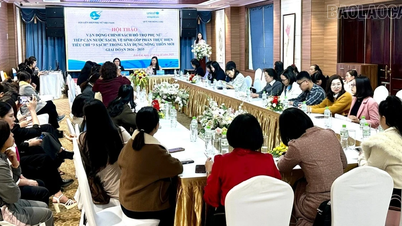
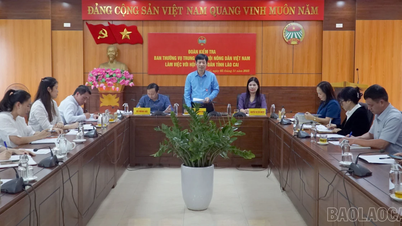



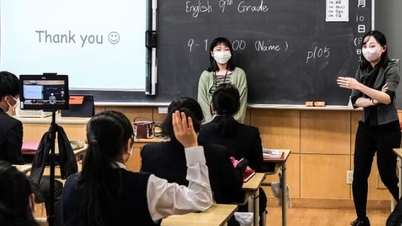

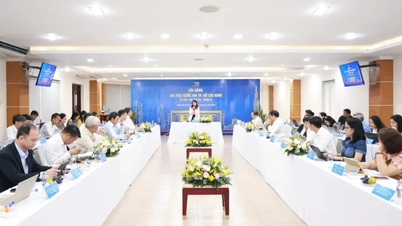



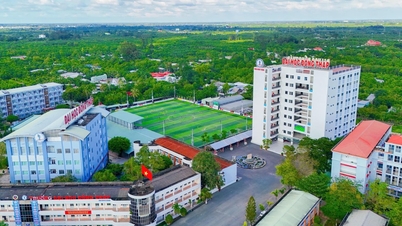
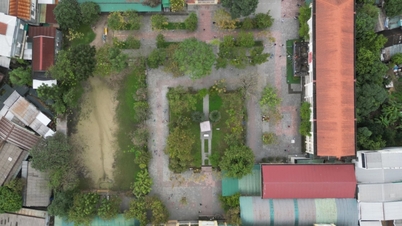




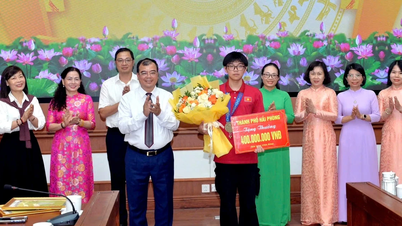


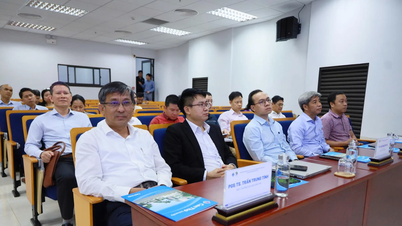
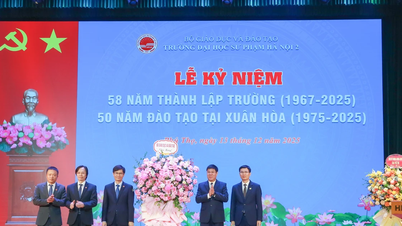
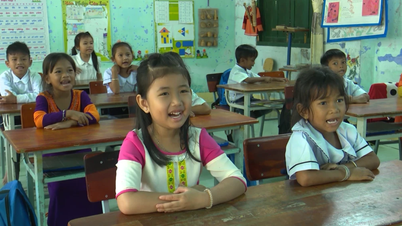


















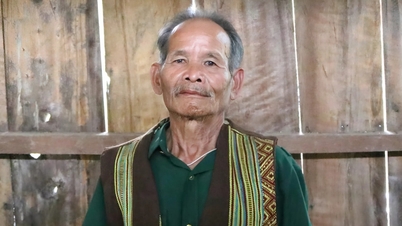





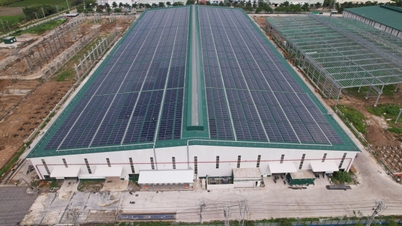








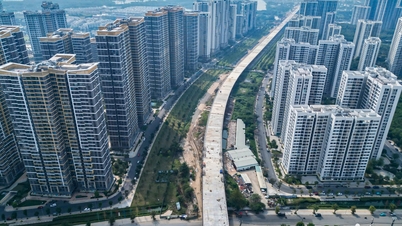





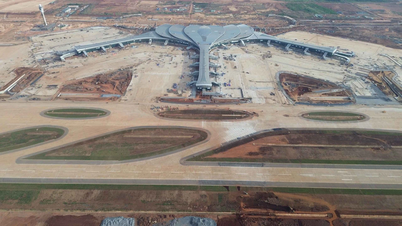













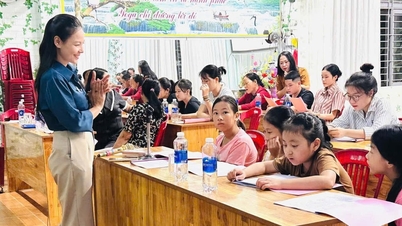





















Comment (0)